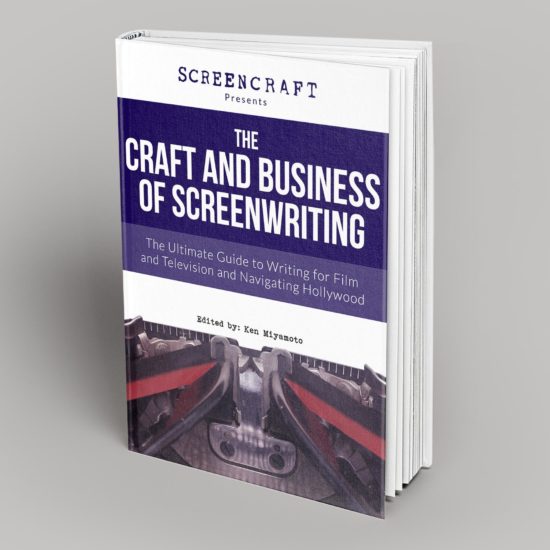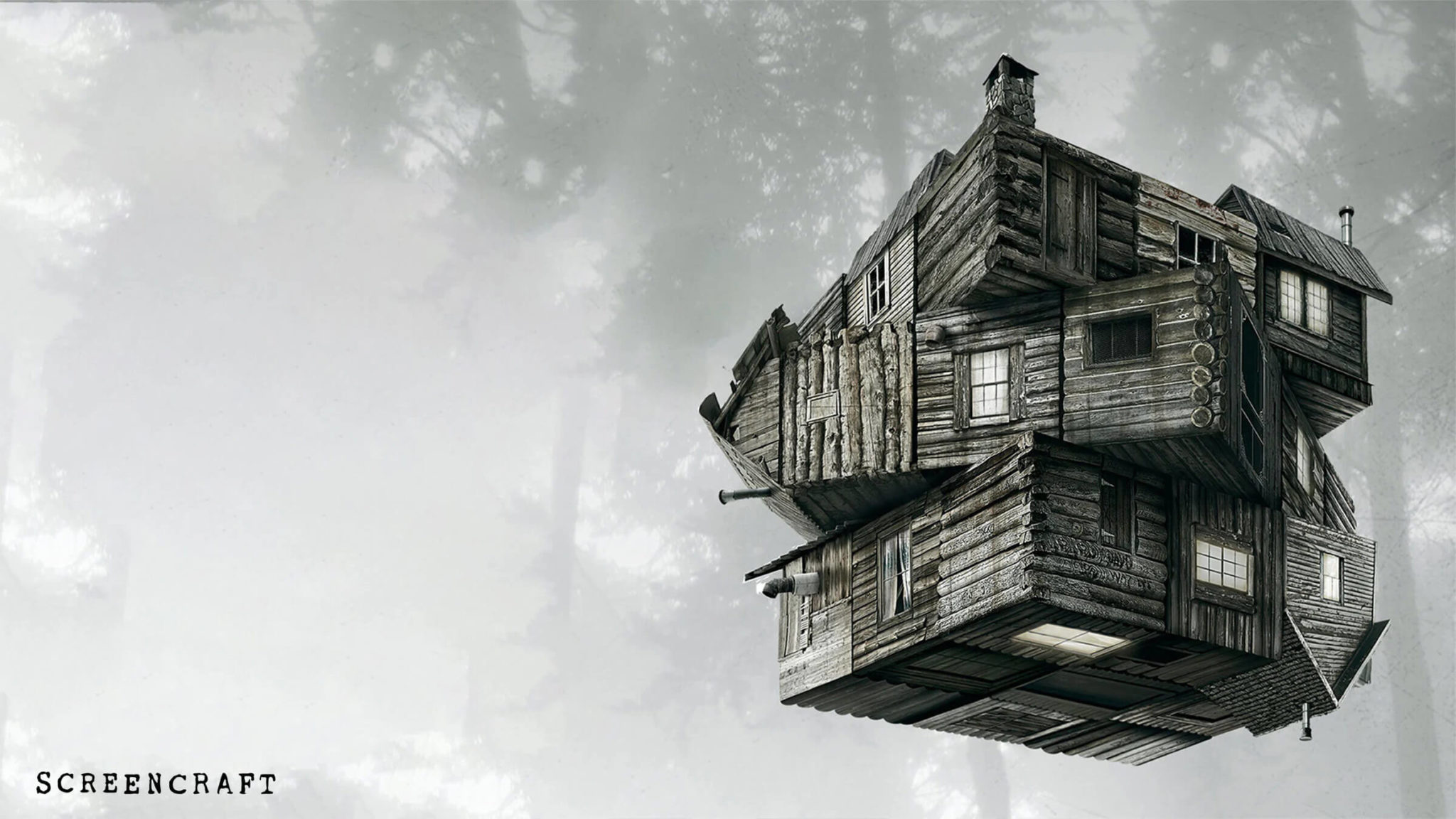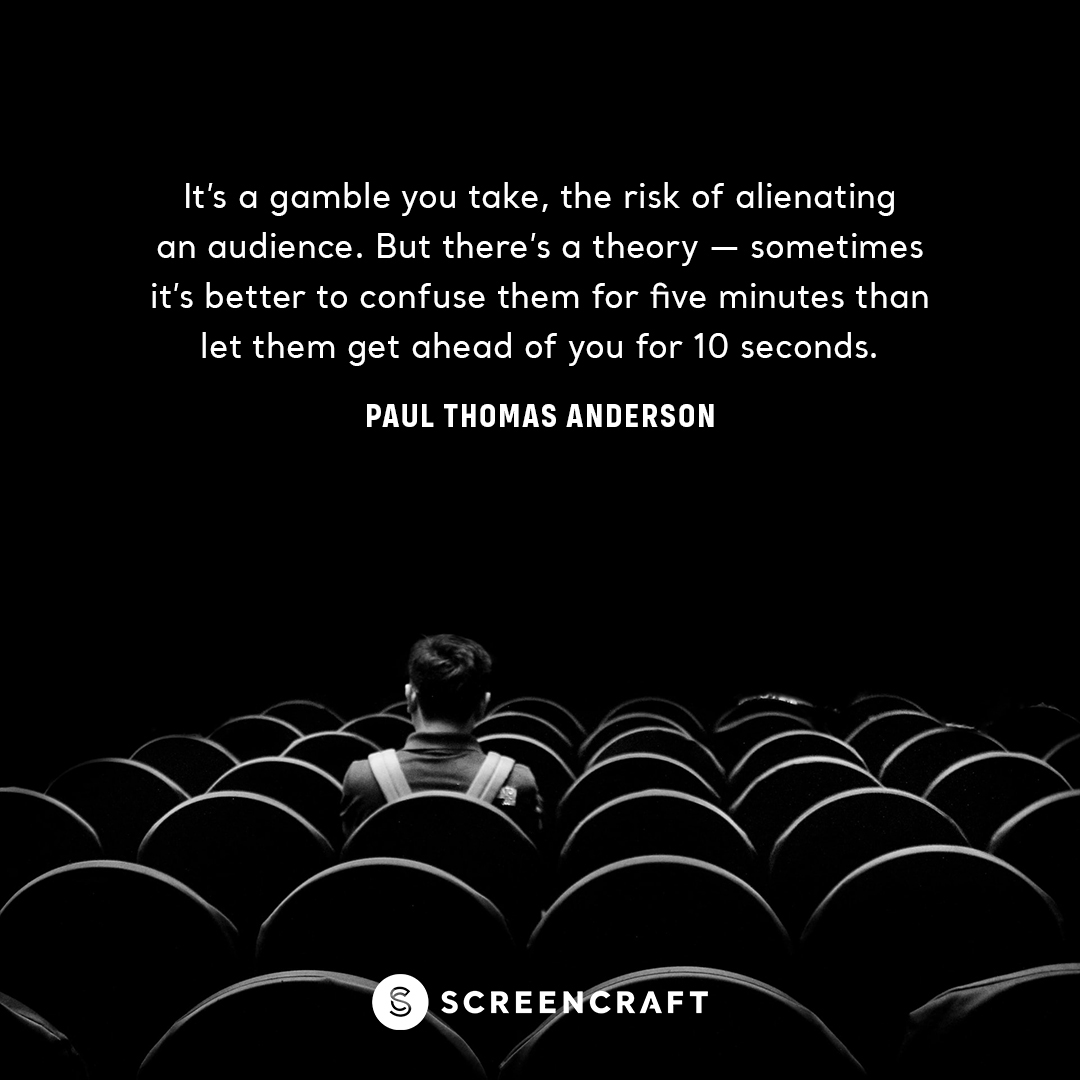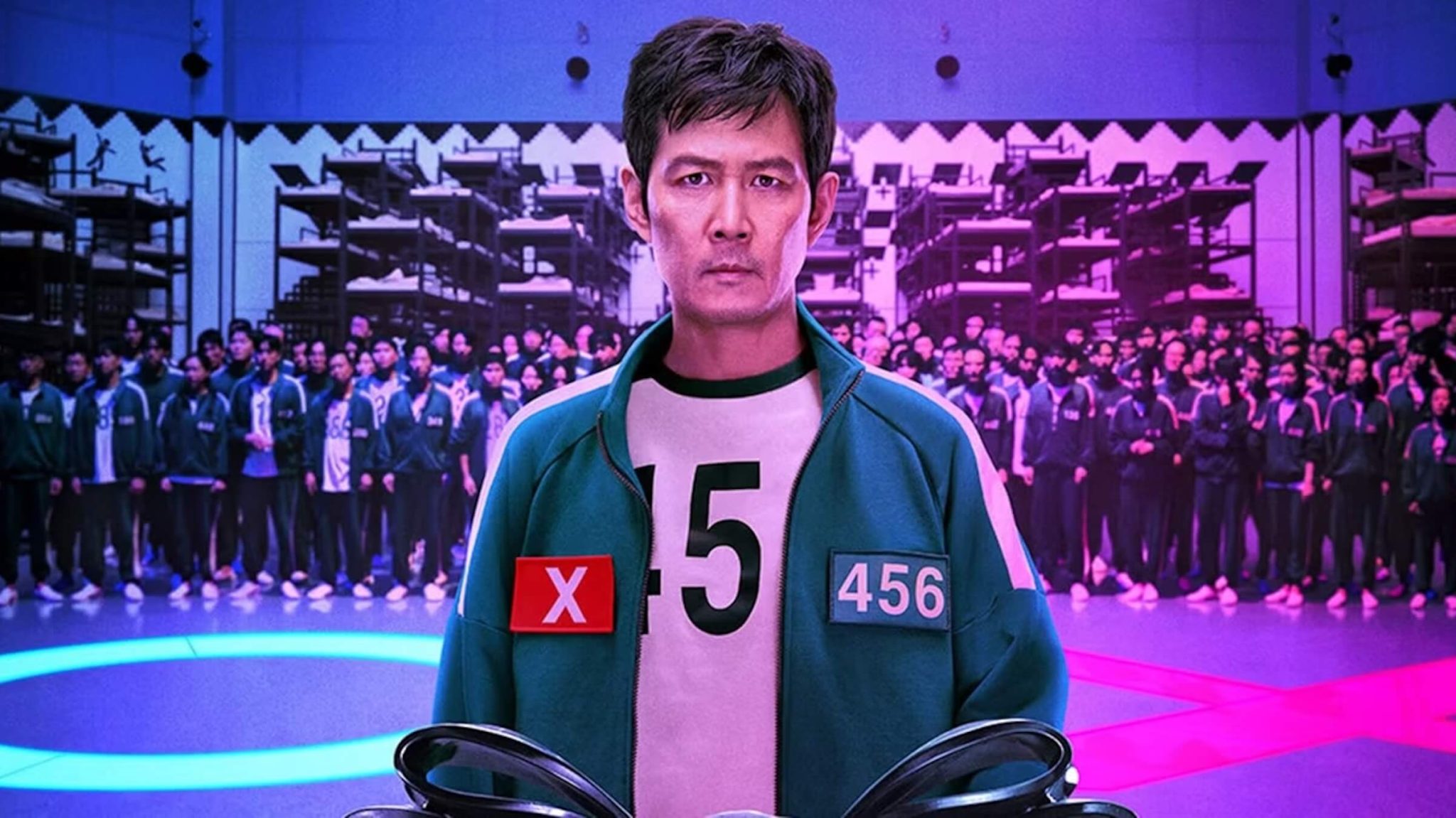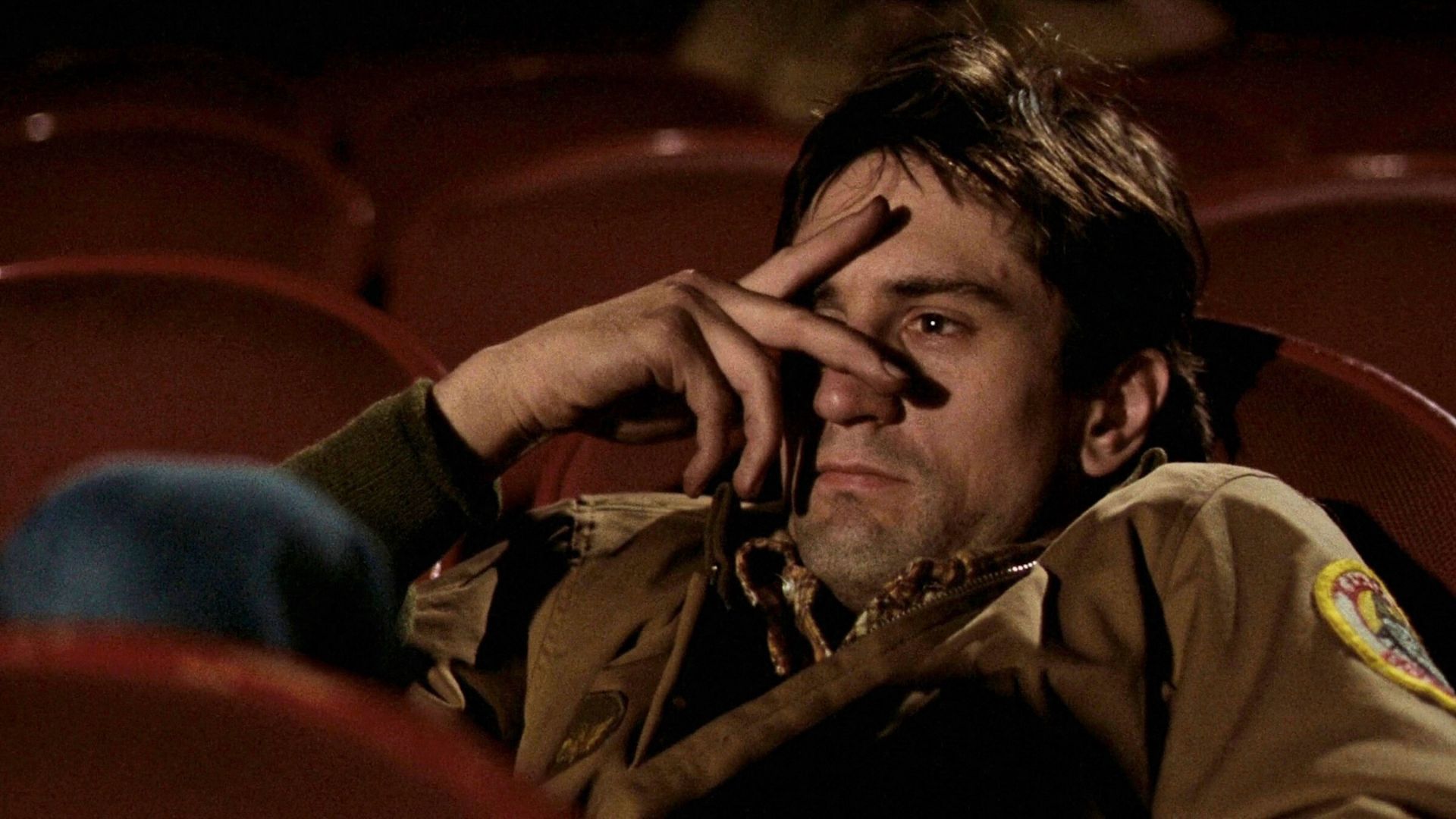Anatomy of a Scene: Using the "Rule of Three" in Action Sequences

Three is a very satisfying number. In the world of drama especially, the number three is king when it comes to just about anything. After all, there are three actions in a film. The first act sets up the drama, the second has everything go to hell, and the third sports the story’s resolution. But if you look at any single sequence with a dramatic set up in an action film, we’re guessing you can probably see three iterations of something.
The idea here is the same as an act structure — if the good guys have to do a thing three times it allows you to show it done regularly the first time, have the second attempt be a complete mess, and then feature a dramatic resolution for the third.
A really strong example of this rule of three can be found in 1996’s franchise standout Star Trek: First Contact. The second act features a really inventive action sequence that clearly didn’t have much budget to work with, so they employed the rule of three to squeeze as much suspense they could out of its seven minutes of runtime.
Have you written the next great action film? Enter the ScreenCraft Action & Adventure Competition here.
What’s the set up?
The Enterprise is in the past and slowly being taken over by techno-zombies called the Borg. Captain Picard, Worf, and Lt. Hawk have to spacewalk to the ship’s main deflector and prevent the Borg from building a communication array that would send an SOS to their past selves, leading to horrific invasion that would mean the end of humanity.

How do the good guys plan to accomplish their goal?
They have to detach the deflector dish, which means disengaging three maglocks without being taken out by Borg drones.
What disadvantages do the good guys have?
Well, they can fire one shot at the bad guys before their weapons become useless as The Borg adapt. The Borg also don’t need space suits to survive in a vacuum, so there’s that.

Where does the rule of three come in?
As each crewmember tries to use the maglocks, they find their access is denied because of the changes the Borg have made to the ship.

Picard’s attempt to access the maglock doesn’t draw much attention.
Worf’s gets a significant glance… but a drone goes after Hawk, who uses their one shot to defend himself.

So far, so good. That’s your first round of threes.
What’s the next round of three?
We’ve reached the main event. Now that the maglocks are all accessible thanks to some manual overrides, it’s time for our heroes to turn heavy switches.

Unfortunately, now the Borg are on to their plan.
Just as Worf engages his lock — it’s easy for him so we can see how it’s done — a drone comes after him. Worf manages to kill it with a Klingon blade...

... but his suit is punctured and the decompression takes him out of the fight. They just lost their best guy.
What about the other two good guys?
While Hawk is trying to turn his switch, a drone overtakes him. That right there is a textbook second objective complication.
Picard manages to disengage his lock and evade a drone just in the nick of time by turning off his gravity boots and floating to the other side of the dish.
What what’s the situation of the drama now?
Two of our good guys have been taken out. There’s one more lock left to disengage, but the Borg have completed their array and are about to transmit. Picard has to get to it and destroy the array before it’s too late.
Do things get worse? They sure do! Picard manages to disengage the last maglock, and just as he's about to deliver the final shot with his rifle he gets attacked by Hawk… who is now a Borg!

Hawk beats Picard up and is about to kill him when —
I sense a resolution coming…
Yup! Borgified Hawk is shot by Worf, who tied off the decompressed part of his suit with a dead Borg’s wiring.
Picard severs the array off from the ship, and Worf destroys with the one-liner, "Assimilate this."

He fires and destroys the array.

Everyone — excerpt poor Hawk — goes home happy.
What's the take away here?
Action sequences should be treated the same as the larger story they inhabit. They have a beginning, middle, and end. One of the easiest ways to frame that structure is to give your characters three things to accomplish. It could be three different tasks, but most of the time — for simplicity's sake — it's the same objective that must be accomplished three times.
Another great example of this structure is Captain America: The Winter Soldier's third act. If you recall, their objective in that action sequence is to reprogram three helicarriers. The first carrier goes fine, the second one is difficult, and for the third they have to find out a creative solution which involves destroying it with the hero still inside.
Don't be afraid of the number three. It may seem like a troupe, but it's one of the most effective ways to structure your drama.
Ashley Scott Meyers is a screenwriter and podcaster over at SellingYourScreenplay.com. He has sold and optioned dozens of scripts over the last two decades. Through SYS he runs a screenplay analysis service, provides paid job leads to screenwriters, and helps screenwriters connect with producers who are looking for material.
Tags
Get Our Screenwriting Newsletter!
Get weekly writing inspiration delivered to your inbox - including industry news, popular articles, and more!








